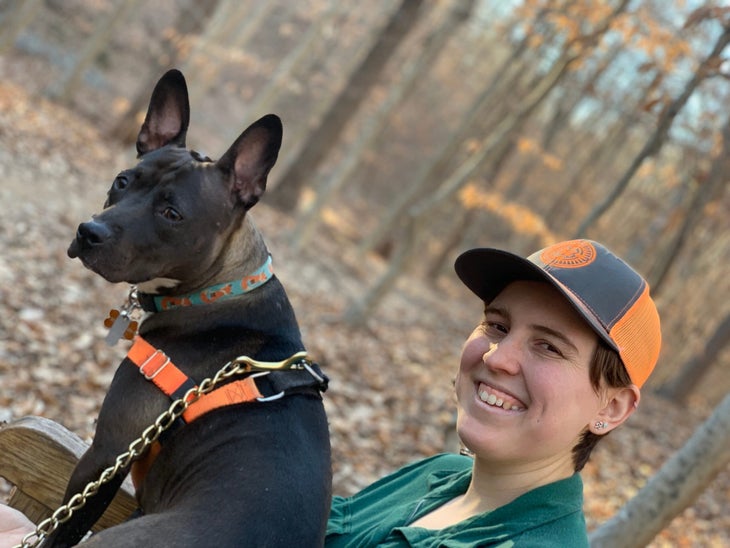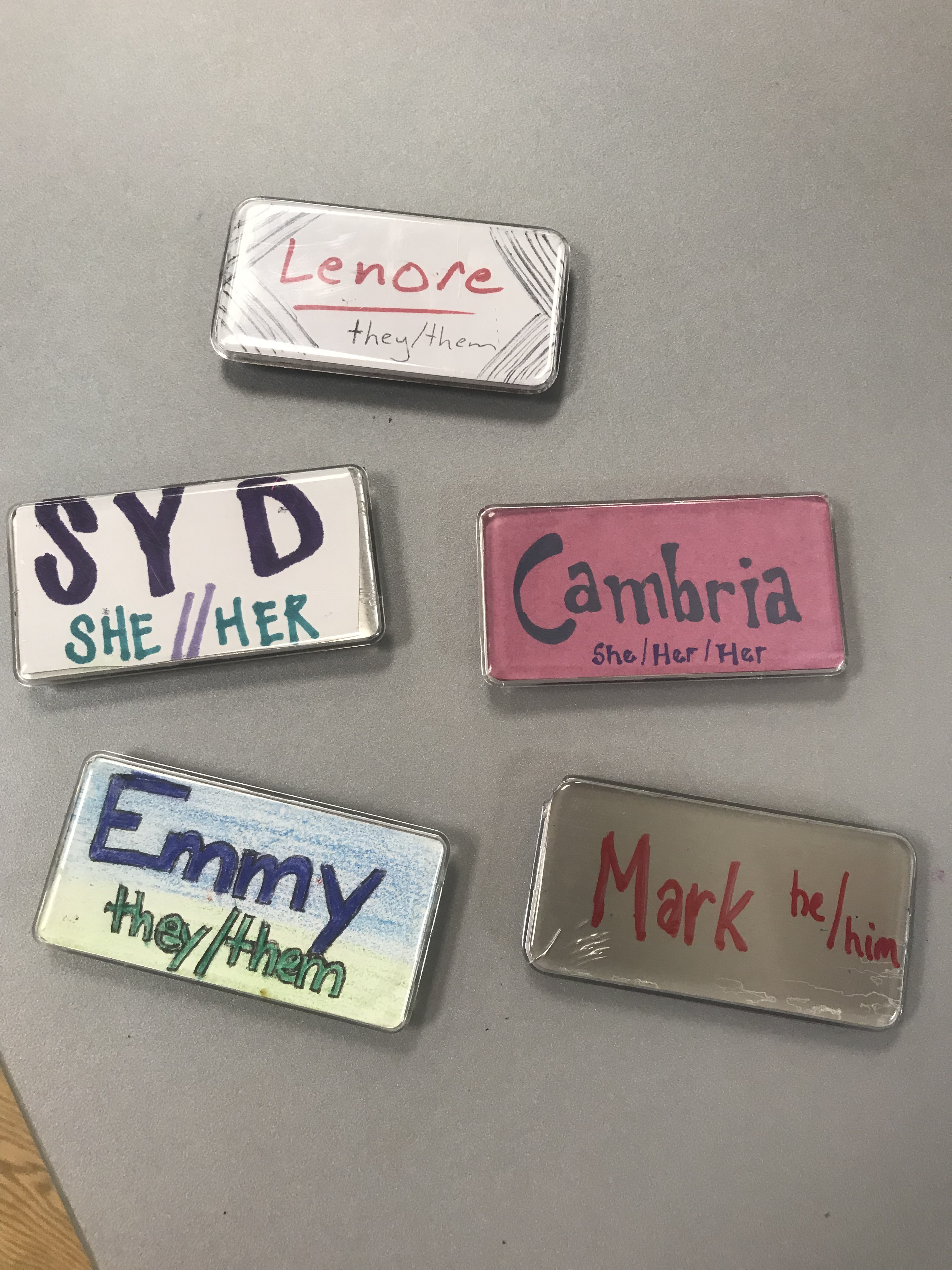When you walk into most outdoor retailer shops, you see men’s and women’s sportswear sections, men’s and women’s footwear walls, pack walls divided by gender and men’s and women’s accessories. As a cis woman (a person whose gender identity consistently matches the gender they were assigned at birth), it never occurred to me how genderdized our store was—and how we need to be more inclusive and welcoming—until a transgender (a person who identifies as a member of a gender other than that assigned at birth based on anatomical sex) coworker pointed it out.
I then realized that this is not just an issue in our shop, but in our industry as a whole as the transgender a population has yet to be reflected in mainstream marketing from any of the leading brands.
With the growing LGBTQ+ community—and specifically the gender non-conforming population—the outdoor industry is poised to lead meaningful change by creating safe environments inclusive to the gender non-conforming community. At Townsend Bertram & Company, we’re taking concrete steps to decrease barriers to entry for trans employees and customers by hiring trans folks and having inclusivity trainings. We know that if we want to serve a certain population, they need representation on our team.
Meet Emmy Johnson
When we hired Emmy Johnson, 25, two years ago (who prefers the pronoun they/them) as a sales associate, they increased our awareness of the income gap and employment struggles facing the trans community, our understanding of just how gendered our industry is, and the challenges this creates for trans customers. Emmy’s trainings with our team educated on the importance of language, the origin and impact of the gender binary, intersectionality, and the concrete steps we can take as individuals and as a store to ensure our shop is safe and welcoming for all.

Emmy points out that not only do we have to hire trans folks but we have to listen to them. “They will notice things in your space that cis people never notice,” Johnson said.
I asked Emmy about their experience as a trans employee at TB&C and they shared that us changing the bathroom sign, having a gender-neutral footwear section and adding preferred pronouns to name tags made a big difference. While not everyone always uses Emmy’s preferred pronouns, they know everyone is trying really hard.
Creating a gender-neutral footwear wall has made a big difference for our trans customers, but sadly, there are not many options, often leaving us no choice but to offer someone who is trans or gender non-conforming, a gendered option. Blundstone and Birkenstock are two quality outdoor brands making gender-neutral footwear with more size runs and widths, rather than relying on gender.
“I think there are already plenty of cis people who don’t fit the genderized shapes, sizes, and styles,” said Emmy. “I am constantly selling women’s boots to teenage boys and men’s boots to women with wider feet. It feels unnecessarily fraught to have a conversation about that fact that it is okay to wear a different gendered shoe.”
Often trans folks do not fit in the size range in the gender they identify. Imagine how invalidating that is?”
One of our trans customers has emphasized the need to change how we do things for the next generation so that there is more acceptance. They suggested adding smaller shoe sizes, shifting accent colors on boots, and mixing clothes in the kid’s department. The customer said the changes “would actually mean the world to the queer population (both young and old).”
The same customer also pointed out the unnecessary gendering of hardgoods. “Making backpacks based on gender is stupid. Patagonia should call it the Refugio and make it have two sizes or specify narrow versus wide, but gendering a pack like that is ridiculous.”
If we don’t offer more gender fluid options and shift categories where genderizing communicates exclusivity, we are encouraging trans people to buy gear of lesser quality elsewhere from big box stores that offer unisex options. We know that people’s experiences outdoors are directly impacted by the gear they use and wear, thus creating a negative ripple effect if the products are lower quality. It further alienates this population.
Now as a member of the TB&C Consulting Team, Emmy is offering inclusivity trainings for brands, retailers, and nonprofits in the outdoor space. Remember: This is not the kind of thing you do once—this an ongoing, ever evolving conversation and continuing education is essential.
5 Easy Steps to Make Your Store More Welcoming to the Trans Community
- Hire trans people and pay them a living wage.
- Include pronoun preference on name tags.
- Take down all gendered imagery in your store and POP and create your own social media imagery.
- Make all fitting rooms and bathrooms in your store gender neutral.
- Invest in inclusivity training for your staff. To book Emmy for a training, fill out an inquiry form on our consulting page.
These small steps cover a lot more ground than you might think. And not taking them can impact the accessibility of your store in a big way. Make a difference in your store, in your town, and for the next generation.


